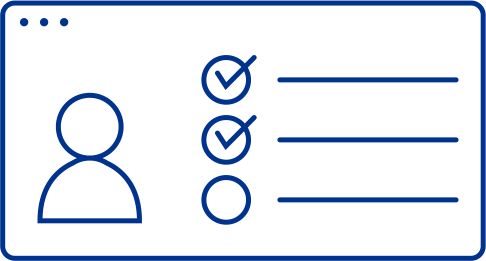This post was originally published in collaboration with Nishitha Parial, who has since moved on from her role at KPMG in Canada.
In our previous posts, we discussed various schemes such as greenwashing, bluewashing, and other ways fraud may manifest in an Environmental, Social, and Governance (ESG) context, as well as how, even despite the best of intentions, fraud and misconduct may arise when the elements of the Fraud Diamond align. It’s now time to look at how organizations can prevent and detect ESG fraud and misconduct.
It’s clear that a brighter spotlight has been directed at corporate ESG practices and reporting. With it comes increased expectations and pressures as stakeholders elevate the importance of ESG on their agendas. Boards and executives are closely scrutinizing their organization’s ethics and compliance programs for ESG integrity and to protect stakeholder trust—breaches of such trust can lead to fines, penalties, reputational damage, loss of investor confidence, litigation, financial damages, and ultimately loss of the social license to operate.
An effective strategy that proactively manages fraud-, ethics- and compliance risk throughout the organization can create a strong foundation to help organizations establish and maintain trust with their stakeholders as ESG expectations—and practices—evolve. This foundation should consist of both preventive and detective measures.







